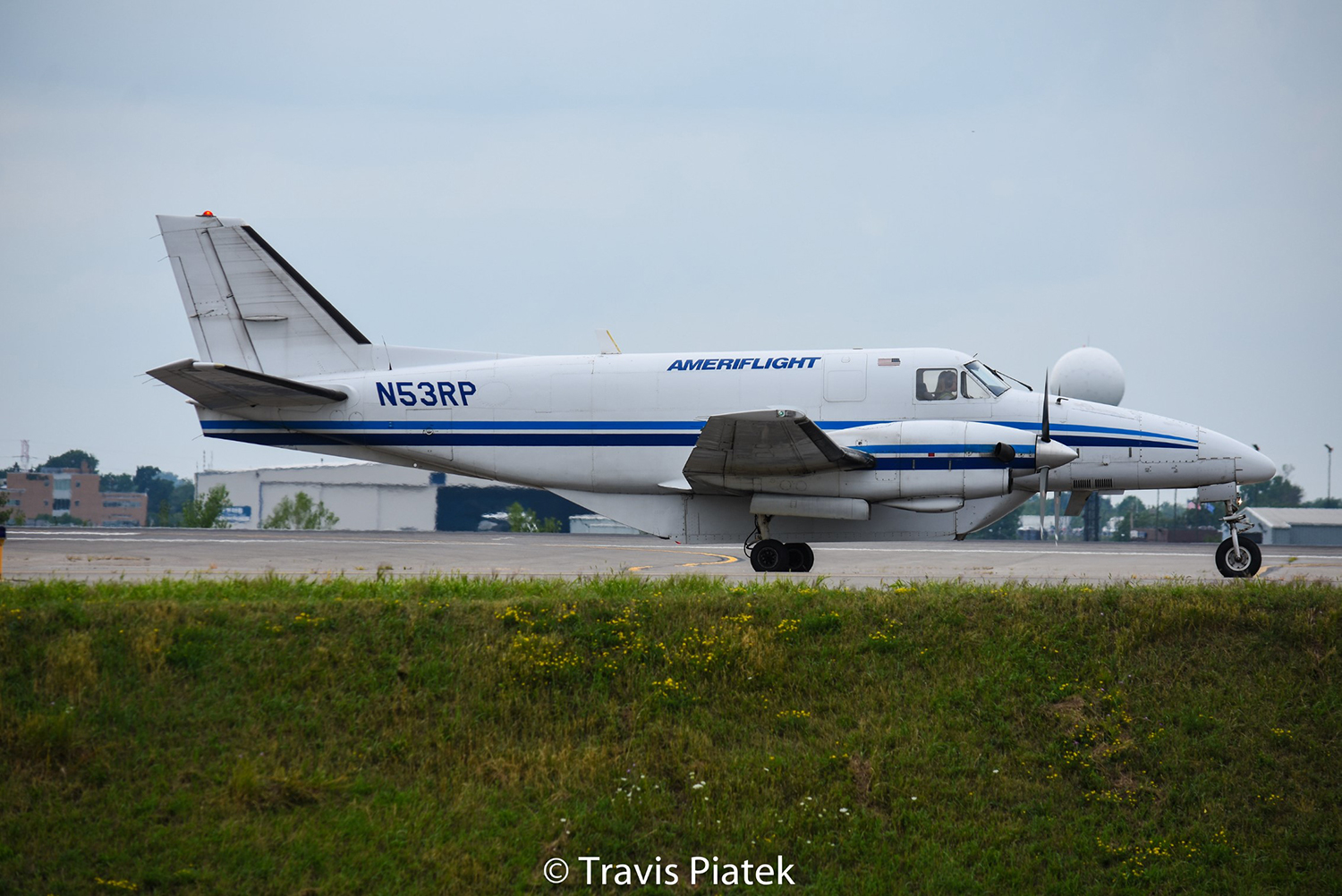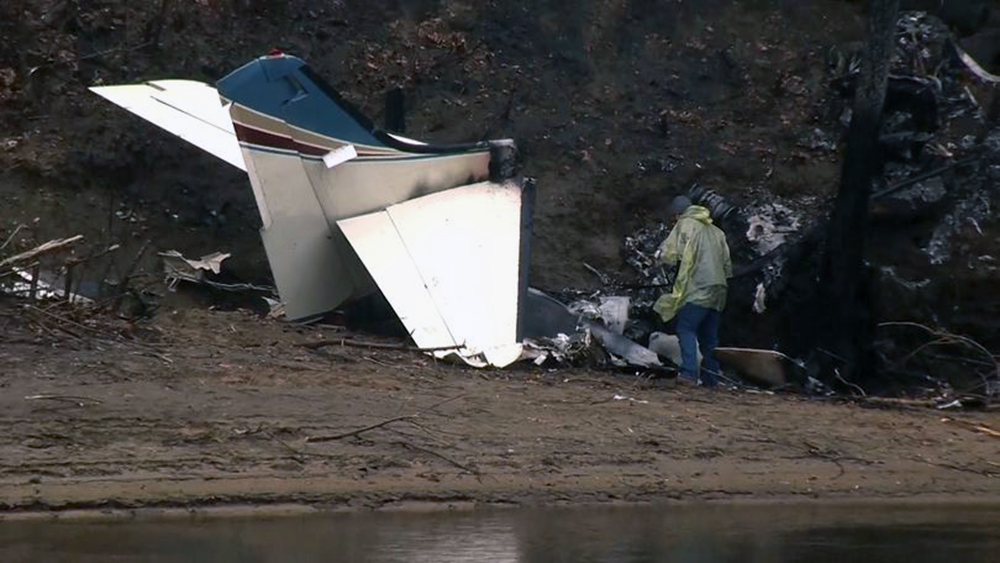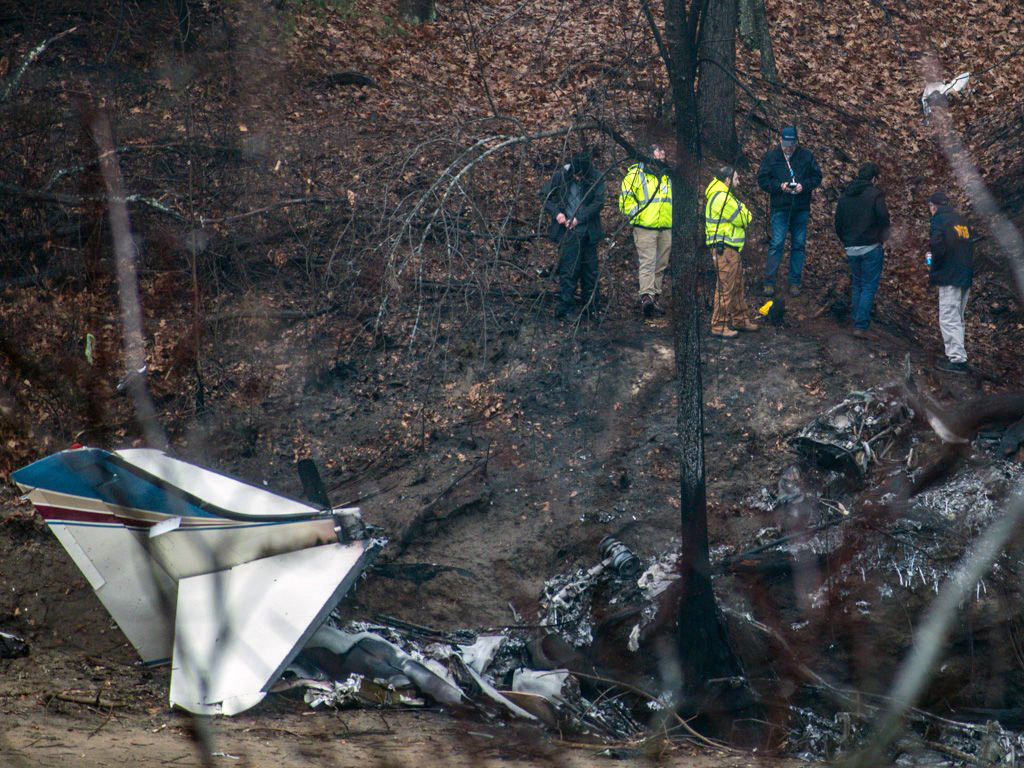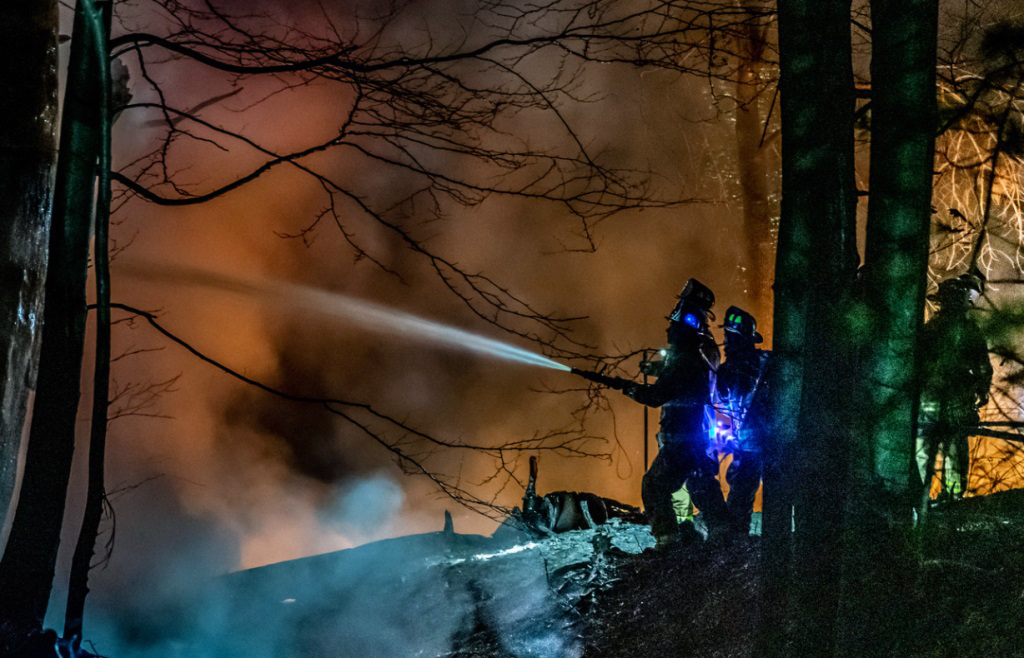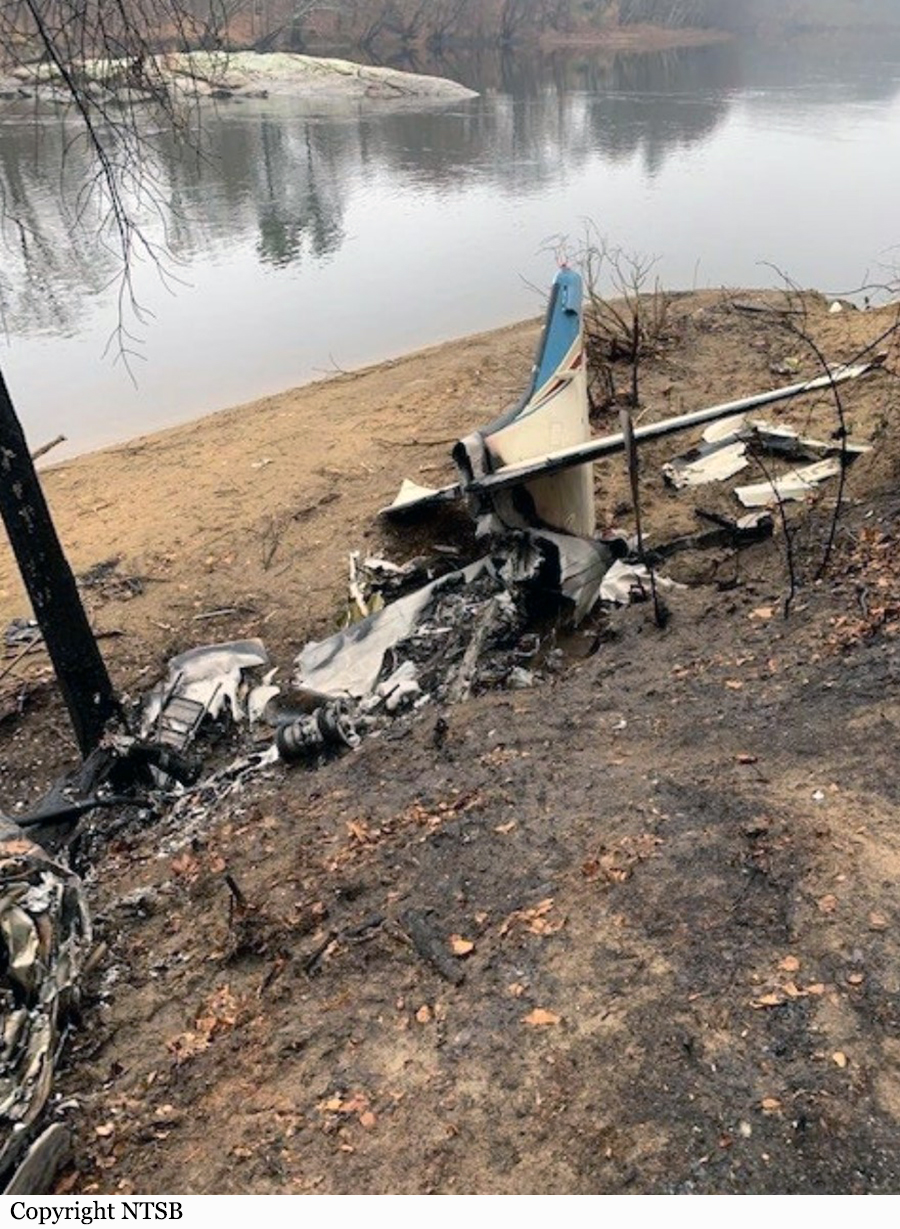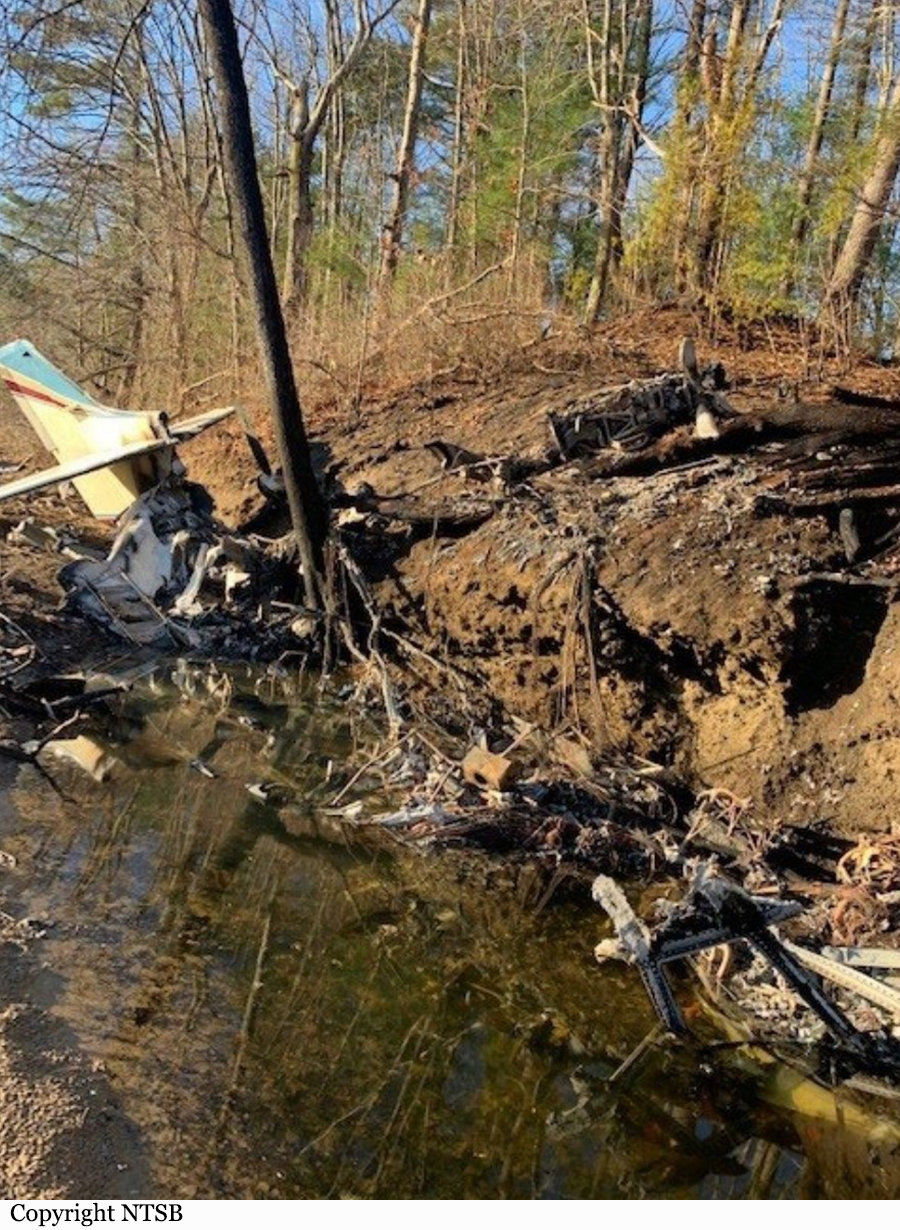Crash of a Beechcraft C99 Airliner in Londonderry
Date & Time:
Jan 26, 2024 at 0726 LT
Registration:
N53RP
Survivors:
Yes
Schedule:
Manchester - Presque Isle
MSN:
U-195
YOM:
1982
Flight number:
WIG1046
Crew on board:
1
Crew fatalities:
Pax on board:
0
Pax fatalities:
Other fatalities:
Total fatalities:
0
Circumstances:
The twin engine airplane departed Manchester-Boston Regional Airport Runway 06 at 0709LT on a cargo service (flight WIG1046) to Presque Isle. After takeoff, the airplane entered a left turn and climbed to 2,700 feet when the pilot reported problems to ATC. He followed several circuits over Manchester, Auburn and Merrimack with erratic courses and varying altitude and speed. Finally, the airplane entered a right turn and crashed in a forest located near Londonderry, about 8 km south of Manchester Airport. The accident occurred 17 minutes after departure. The pilot was seriously injured and the airplane was destroyed.
